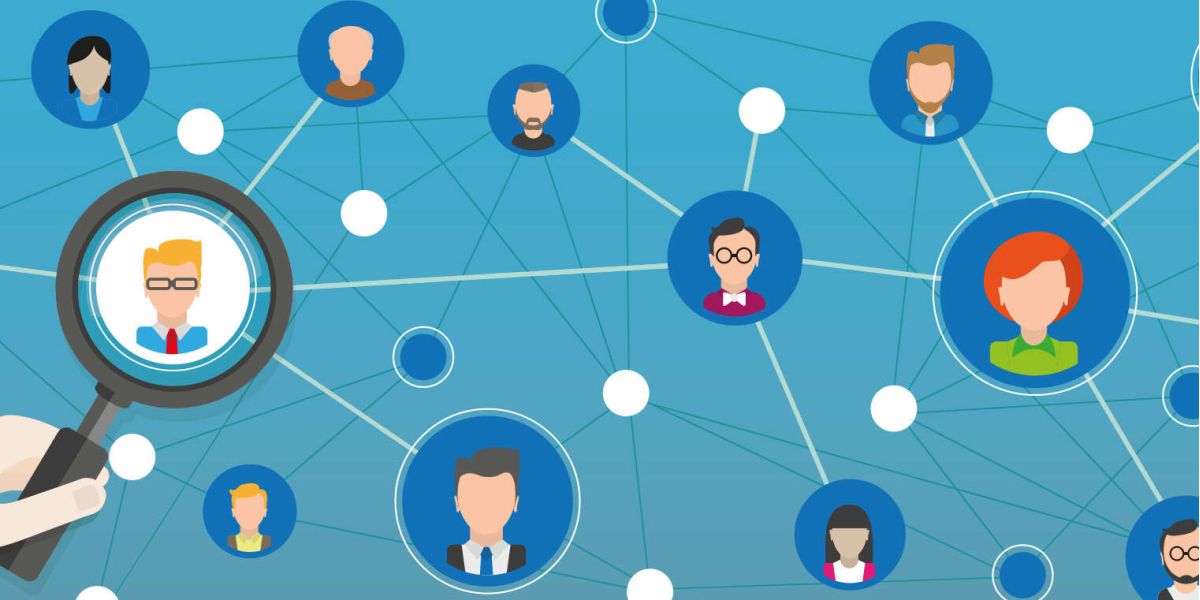The 5 Most Frequently Asked Questions About Personas
It is true that data analysis gives a lot of insight into consumer behavior. But how do you empower your people to really engage with customers and act accordingly? How can the entire organization really listen to customers? Therein lies the power of personas. Why are personas so suitable for this? The answers to the most frequently asked questions will tell you a lot.
Question 1: What exactly is a persona?
Personas are customized customer or user profiles which bring knowledge of target groups ‘to life’ within the organization. They give a name and face to the different customer groups based on motivations, desires and life goals. The use of personas is a very powerful means for making organizations more customer-oriented. Personas were used first in IT, where the need arose to give a face to the many website visitors, thus increasing the user-friendliness of websites.
Question 2: When do you choose segments and when do you choose personas?
Segmentation cuts the market into manageable target groups. Segments are often based on measurable issues such as socio-demographic data: gender, age, education level. Often, lifestyle and behavioral characteristics are also included, for example, whether customers buy a wide range of products or just a few products. These characteristics are great to measure and analyze with (big) data analyzes.
To really interest the customer, you need to know what emotions and motivators are behind the behavior. How do people get together, why do they buy a certain number of products or why those products specifically? By working with parameters on people’s drivers and their outlook on life, it becomes much easier to respond. Personas are very well suited for this. Because personas are based on people's core, they are easier to classify and understand than through a segmentation profile. You no longer need to know which newspapers people are reading or what series they are watching, because there is a concrete "portrait" of an organization’s different customer types. That is the power of thinking in personas.
Question 3: What are the advantages of personas?
There are measurable benefits. For instance, customer journey trajectories from personas provide more actionable results. Simple example: if you are dealing with a traditional persona, the contact with the brand is different from a persona with an explorative and innovative focus. The second persona will find the brand online, while the first persona goes to the actual store. If you take this as a starting point, reactions via social media channels, customer contact centers and on the floor, are better placed and prioritized.
Personas can ensure customer retention, for example by talking in the right way to people who want to unsubscribe and so holding onto them. And because it is easier to set customers on the trail of other products and services, they increase the cross-selling factor and thus the sales volume.
In addition, in all cases where organizations really make use of personas, I observe that it not only increased customer satisfaction, but also employee satisfaction. People like to work with personas and they function more effectively.
Question 4: Should everyone work with personas?
Traditionally, personas are a toy of the marketing communications department. They communicate with the market. The market used to be quite one-dimensional: the company directed information towards customers and customer groups. Due to digital developments, things have changed. Consumers have become more assertive, and have all kinds of channels at their disposal to express their dissatisfaction and make their wishes known. This means that more and more departments are actively and directly involved with the consumer. Personas can help here.
Take, for example, Forestry Management, which works with personas at every level. Management must strategically choose which consumer groups to focus on, especially when government subsidies decrease. The park ranger encounters different personas while doing his job. What does he say to someone walking outside of the paths? As soon as he knows what person he has in front of him, he can tell his story in such a way that the return is greater. The information centers and visitor centers can also set up their shop and information facilities for the different personas. Everyone occasionally meets a customer about whom he or she thinks: “Oh, they remind me of my mother”. And then the right tone of voice is quickly found.
Multiple sections of the organization must be able to view the (potential) customer more clearly. Thinking in terms of segments does not work; thinking in personas does. Then, each employee can imagine people in flesh and blood.
"Everyone occasionally meets a customer about whom he or she thinks: “Oh, they remind me of my mother”. And then the right tone of voice is quickly found.”
Question 5: Can I use personas too?
Yes. It is not an end in itself, but personas are a tool for describing the client and the organization's environment. This is done in such a way that it allows you to make a proper distinction between different types of (potential) customers. Clear personas ensure an internal language and guidelines that all employees can work with.
Do you have any more questions about personas? Please let me know.




City centers are changing. Consumers are changing. And RMC Is changing too.















